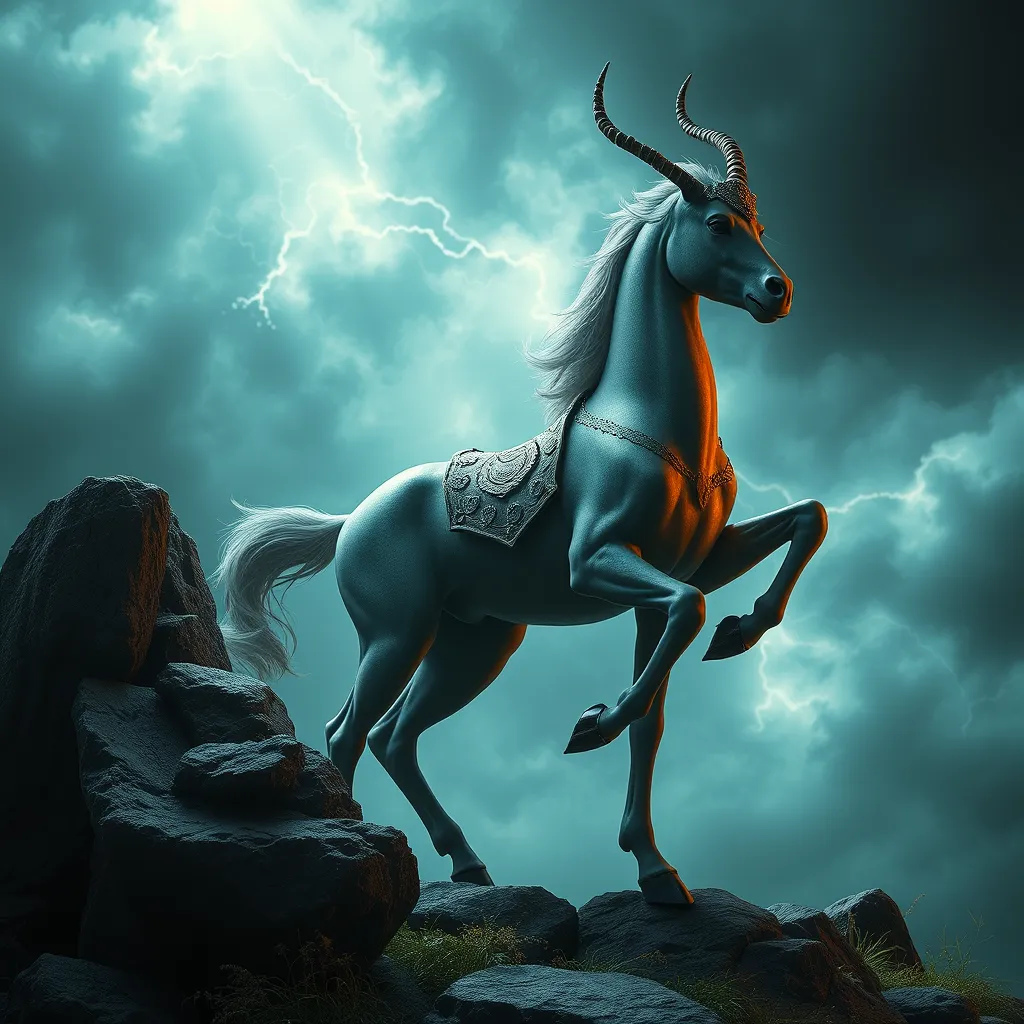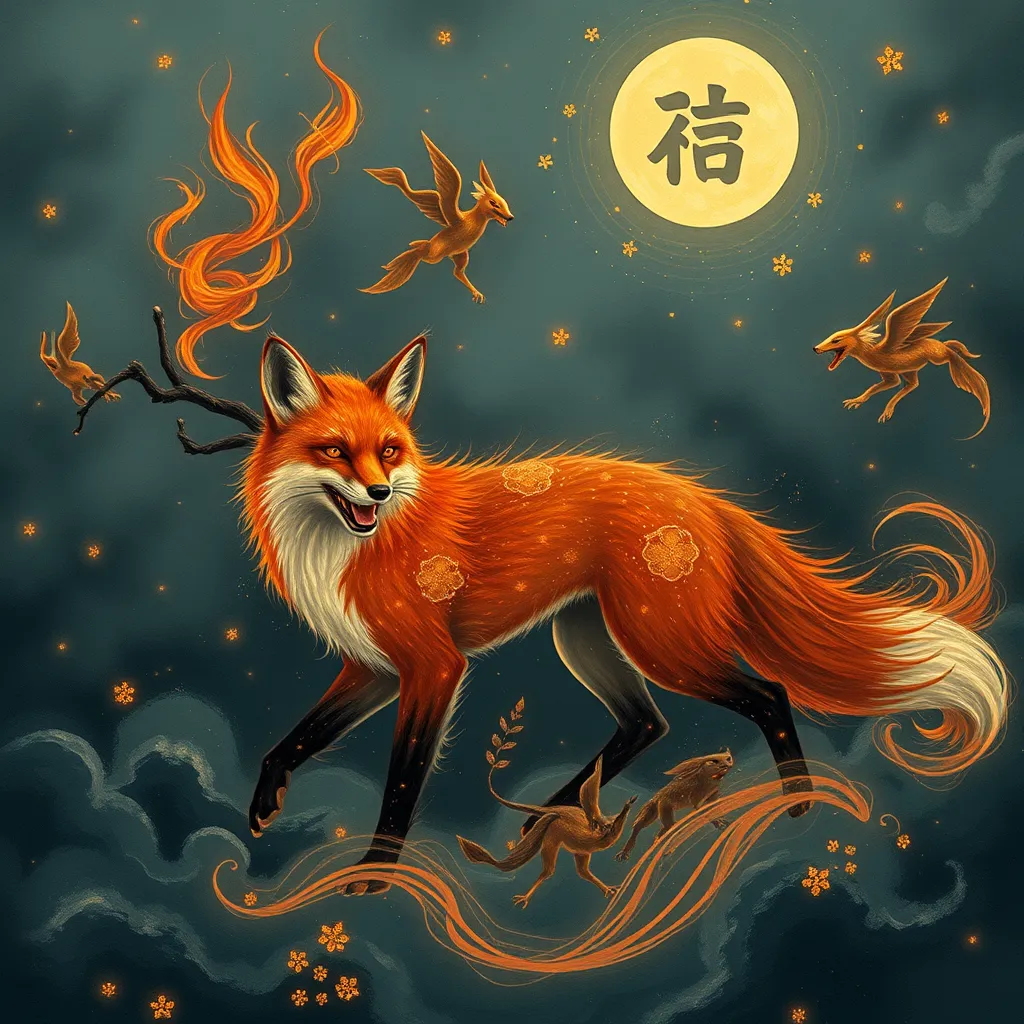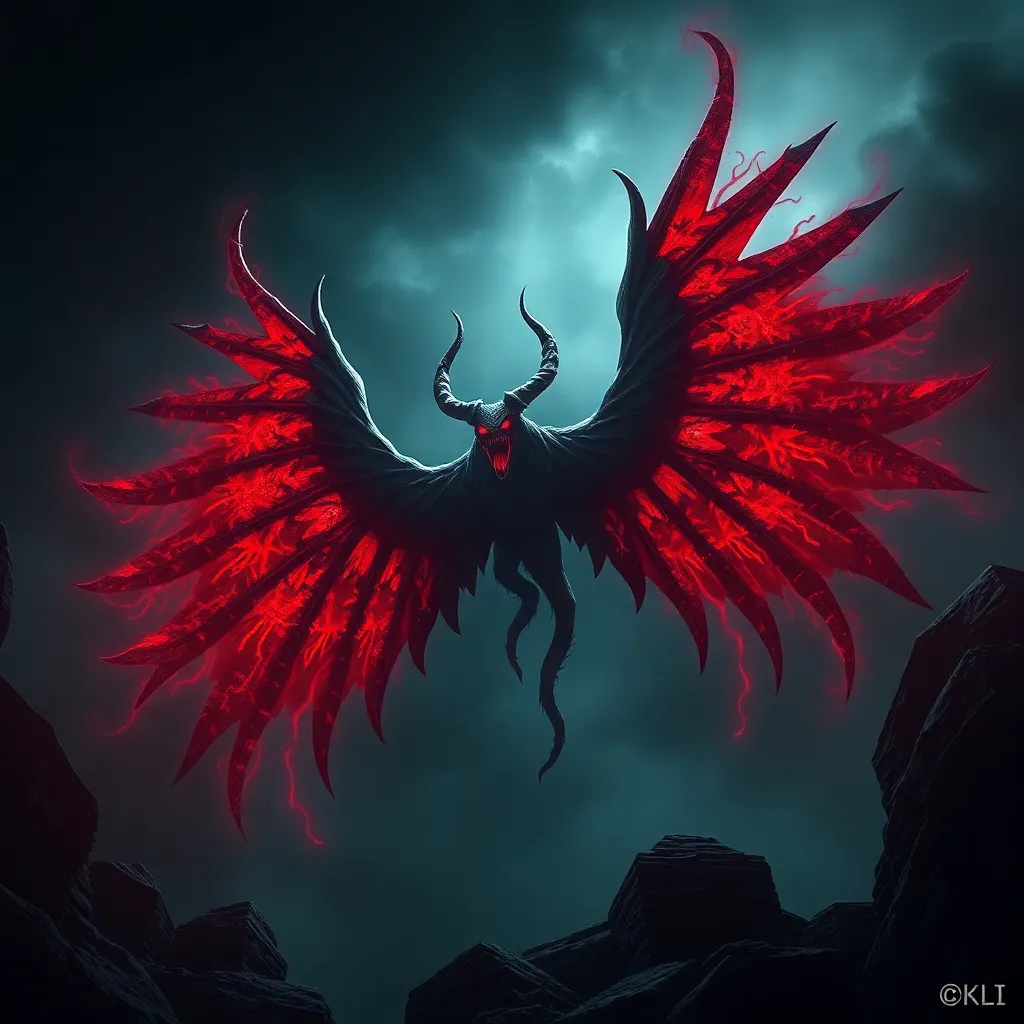The Centaur’s Power: Exploring the Centaur’s Symbolic Meaning in Modern Life
I. Introduction
The centaur, a creature of Greek mythology, is a fascinating hybrid consisting of a human torso and the body of a horse. Originating from ancient tales, centaurs have historically symbolized the duality of human nature, embodying both civilized intellect and primal instinct. These mythological beings are often depicted as wild, free-spirited creatures, representing the struggle between our rational minds and our untamed desires.
In contemporary culture, centaurs continue to captivate our imagination, appearing in various forms of media, literature, and art. Their symbolic meanings resonate with modern themes of identity, freedom, and the search for balance in a rapidly changing world. This article aims to explore the rich symbolism of centaurs in today’s society, shedding light on their relevance and significance in our lives.
II. The Dual Nature of the Centaur
The centaur represents a powerful symbol of duality, reflecting the complexities of human existence. As a human-animal hybrid, the centaur embodies the struggle between our rational, civilized selves and our instinctual, wild nature.
- The Symbolism of the Human-Animal Hybrid: The centaur’s form serves as a reminder of the interconnectedness of humanity and nature. It challenges the notion of separation between civilized behavior and primal instincts.
- The Balance Between Reason and Instinct: The duality of the centaur highlights the need for balance. While our intellect drives us toward civilization, our instincts remind us of our origins and the importance of connection to nature.
- Implications of Duality in Personal Identity: The struggle between the human and animal aspects of the centaur can mirror our own journeys of self-discovery, as we navigate our identities in a complex world.
III. The Centaur as a Symbol of Freedom and Wildness
Centaurs are often associated with freedom and the untamed spirit of nature. Their horse-like bodies symbolize the wildness inherent in the natural world, while their human attributes represent the potential for self-awareness and growth.
- Cultural Associations with Horses and Wilderness: In many cultures, horses are seen as symbols of freedom. The centaur amplifies this symbolism, embodying the spirit of the untamed wilderness.
- The Representation of Untamed Spirit in Modern Life: In a world increasingly dominated by technology, the centaur serves as a reminder of the importance of embracing our wild, free-spirited nature.
- Centaurs in Literature and Art as a Symbol of Freedom: Numerous works, from classical texts to modern novels and paintings, utilize centaurs to represent themes of liberation and the quest for personal autonomy.
IV. Centaurs in Popular Culture
The representation of centaurs in popular culture has evolved over time, reflecting contemporary narratives and societal values. From films to literature, centaurs continue to play a significant role in storytelling.
- Analysis of Centaur Representations in Film, Literature, and Media: Centaurs have appeared in various media forms, characterized either as noble beings or wild creatures, each portrayal revealing different aspects of the human condition.
- Case Studies of Notable Centaurs in Contemporary Narratives: Characters like Chiron from “Harry Potter” and the centaurs in “The Chronicles of Narnia” serve as examples of how centaurs are used to explore themes of wisdom, conflict, and moral dilemmas.
- The Influence of Centaurs on Modern Storytelling: The centaur archetype has inspired character development, portraying complex figures that navigate the tension between civilization and wildness.
V. The Centaur Archetype in Psychological Interpretation
Psychologically, the centaur can be viewed through the lens of Carl Jung’s concept of archetypes, representing inner conflicts and the integration of opposites.
- Carl Jung and the Concept of Archetypes: Jung proposed that archetypes are universal symbols residing in the collective unconscious, and the centaur serves as a powerful representation of human duality.
- The Centaur as a Manifestation of Inner Conflict: The struggle between the rational and animalistic sides of the centaur can be interpreted as a reflection of our own internal battles.
- Therapeutic Applications of the Centaur Symbol: In therapy, the centaur can symbolize the journey toward self-acceptance and the integration of various aspects of one’s identity.
VI. Centaurs and the Modern Quest for Balance
In today’s fast-paced world, the quest for balance between technology and nature is more relevant than ever. The centaur serves as a symbol of this struggle, representing the need for harmony in our lives.
- The Importance of Balancing Technology and Nature: As society becomes increasingly reliant on technology, the centaur reminds us of the value of reconnecting with nature and our primal instincts.
- Centaur Symbolism in the Context of Environmentalism: The centaur’s connection to the earth and wildness aligns with modern environmental movements, advocating for a deeper understanding of our relationship with nature.
- Exploring Centaur-Inspired Lifestyles: Many individuals seek lifestyles that embrace the balance of intellect and instinct, finding inspiration in the centaur’s duality.
VII. The Role of Mythology in Understanding Human Experience
Mythology plays a crucial role in shaping cultural narratives and understanding human experiences. The centaur myth reflects modern societal challenges, providing insights into our struggles and aspirations.
- The Significance of Myths in Shaping Cultural Narratives: Myths serve as lenses through which we can examine our values, fears, and desires.
- How Centaur Mythology Reflects Modern Societal Challenges: The duality of the centaur can mirror contemporary issues such as the conflict between progress and tradition.
- Lessons from Centaur Symbolism for Contemporary Life: The centaur encourages us to embrace our complexities and seek balance in a world that often demands conformity.
VIII. Conclusion
In conclusion, the centaur holds powerful symbolic meanings that resonate deeply with our modern lives. From representing the duality of human nature to embodying the spirit of freedom, centaurs provide valuable insights into our identity and existence. Their enduring presence in mythology and culture serves as a reminder of the importance of embracing both our civilized selves and our wild, instinctual nature.
As we navigate the complexities of contemporary life, let us take inspiration from the centaur, striving for balance and freedom in our own journeys. By embracing our duality, we can cultivate a deeper understanding of ourselves and the world around us.



